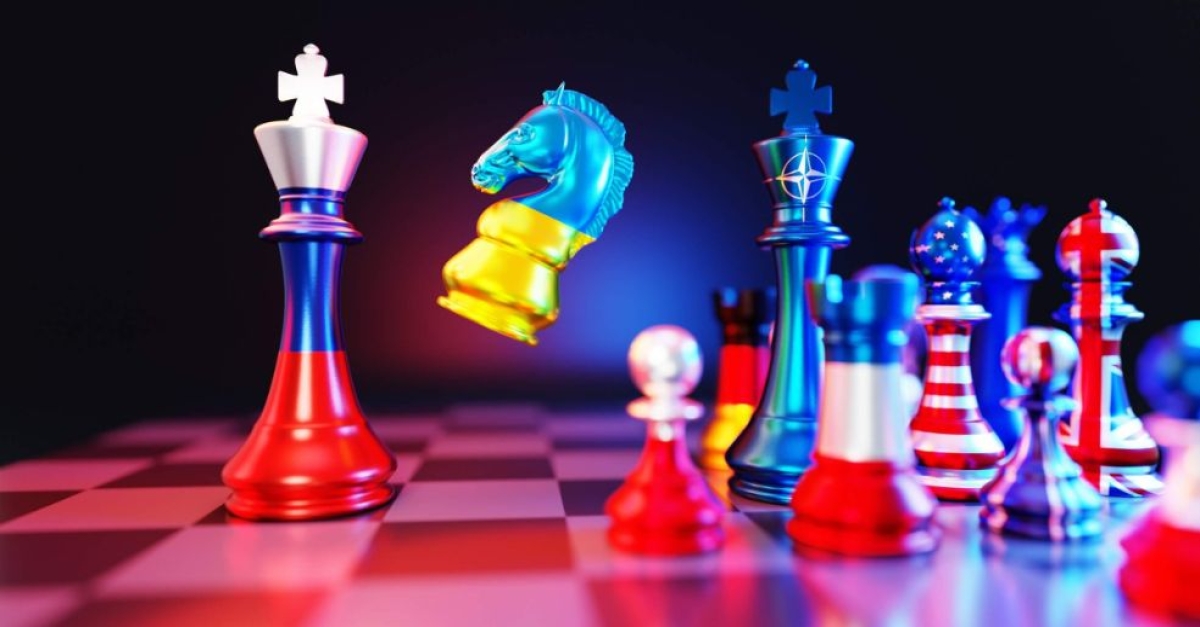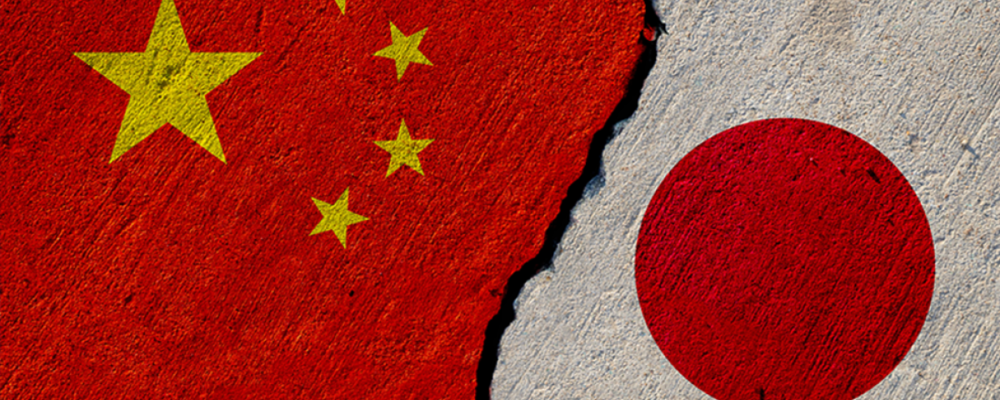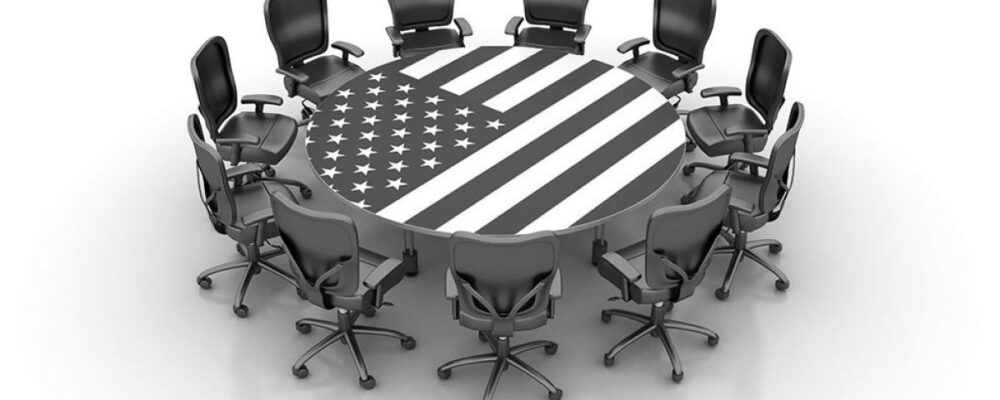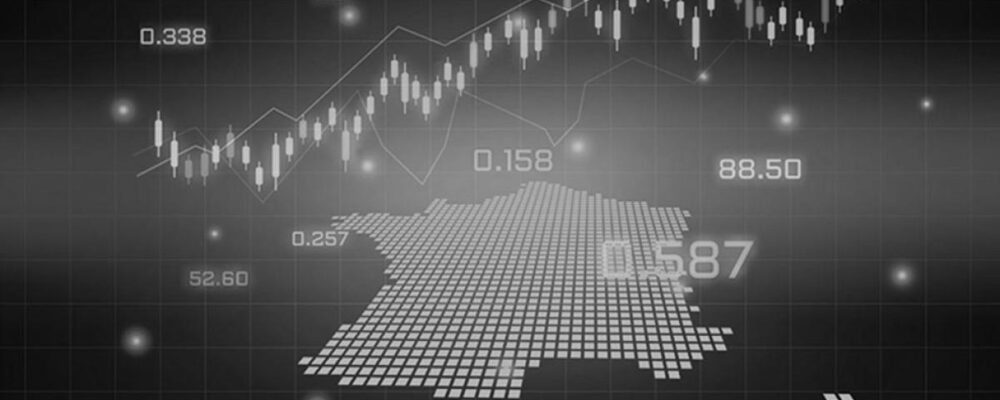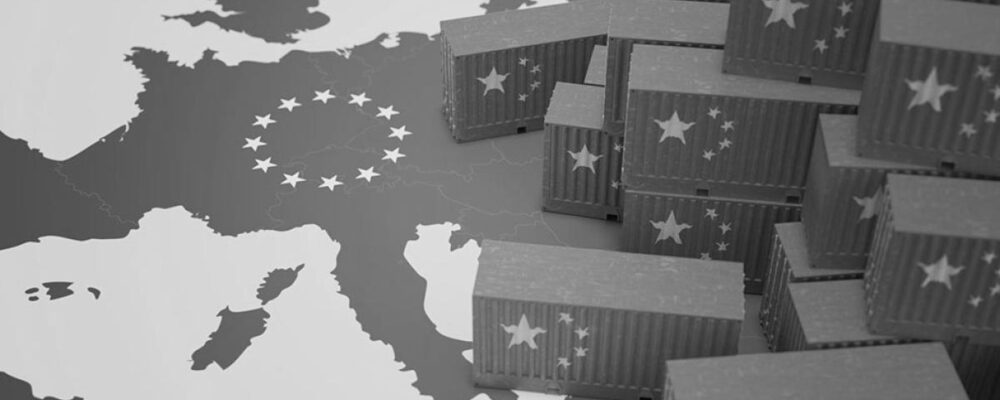“I wouldn’t exclude the possibility that Poland would engage even stronger in this context on a national basis and be followed by the Baltic states, maybe including the possibility of troops on the ground. […] We shouldn’t underestimate the Polish feelings, the Poles feel that for too long western Europe did not listen to their warnings against the true Russian mentality.”
It’s important to note that Rasmussen is not just anybody: he served as NATO’s Secretary General from 2009 to 20014. And, to put his comments into perspective, he has direct involvement with the Ukrainian president, advising him on Ukraine’s relations with NATO1. Career-wise, he’s a dyed-in-the-wool liberal with a reputation for being pro-American (he supported both America’s intervention in Iraq and its disputed detentions at Guantanamo). On a lighter note, he also happens to be the spitting image of Sacha Distel…
The biggest wars are driven by people’s feelings of hostility and existential threat
But Rasmussen is right in his analysis of Polish and Baltic sentiment, the geopolitical importance of which it would be dangerous to underestimate over the coming months and years. Not only could this sentiment change the shape of the current war; in the longer term, it will shift NATO’s de facto political centre of gravity rapidly eastwards. On this point, it may be worth reiterating that, according to Clausewitz, the biggest wars are fuelled by feelings of hostility between peoples. Otherwise, wars remain what Clausewitz famously called “the continuation of politics by other means”, or expressions of pure opposition among leaders. Furthermore, in a “liquid society”2 where politics is increasingly at the mercy of public opinion (underscoring the central question in political science: who decides?), people’s feelings become an even more important driver of what happens on the ground: it’s in the crucible of public opinion that conflicts may legitimately be extended, via the weapons of social media. Conversely, people’s feelings can also give rise to aspirations for a peace that transcends the limits of inter-state treaties (remember that peace, like war, comes in various forms, and that the Treaty of Versailles, for example, was negotiated without Germany’s involvement).
The current war has existential overtones in Eastern Europe: countries in the region feel directly threatened by Russia. The longer the conflict goes on, the greater this sense of existential threat becomes, to the point where it could tip the overall scenario in a new direction. But the opposite is true in Western Europe, where people are increasingly questioning the economic and social cost of the war. This fundamental asymmetry in relations with Russia has been niggling NATO for years but is becoming more visible and powerful the longer the conflict goes on. Moreover, the “special operation” is taking on an existential dimension in Russia too as the war becomes visible within its own territory.
According to US research organisation Pew Research, out of all countries surveyed it is Poland that has the highest rate of distrust of not only Putin3 but also, above all, Russia in general (97%), ahead of Sweden (94%), the US (92%), France and Germany (81% each), with Greece trailing the European pack (72%). Globally, Malaysia has the lowest level of hostility (50%) – but note that the sample consists of just a handful of countries. In Europe, the Baltic States – long agitated by the issue of Russian minorities within their territory – have, like Poland, historically been very hostile towards Russia. Moreover, Lithuania is one place in the world where the strategic issues of Russia and China converge: not only did Lithuania pull out of the group China formed in Europe around its Belt and Road Initiative (the so-called “17+1” group)4, it also agreed to Taipei having representation in Vilnius. Chinese was swift to hit back by imposing sanctions, calling a halt to bilateral trade and putting pressure on German firms to stop using components made in Lithuania.
Pressure from think tanks and Kissinger’s change of heart
Anders Rasmussen’s comments were, at the very least, clear about just what’s at stake at this July meeting. A number of US think tanks, such as the Atlantic Council, have also made their positions clear.
A report drawn up by none other than the son of Zbigniew Brzezinski5 asks NATO’s 31 member countries, among other things, to be very clear about Ukraine’s future membership, the war’s aims (reconquering lost territory, including Crimea), the need to step up economic sanctions (and more effectively prevent them being circumvented), inviting Ukraine to attend meetings on a similar footing to Sweden and Finland, etc. Henry Kissinger’s change of heart on the need to bring Ukraine into NATO has also made something of a splash in the small world of geopolitics: Kissinger explained that, while he had been opposed to the idea before the war precisely because such a move might have precipitated conflict, he now thought it was necessary to protect both Ukraine and Europe and provide control over all the weapons in Ukraine. However, in light of NATO’s principle of collective defence, Ukraine cannot – as many Ukrainians understand – join the alliance in the middle of a war.
The issue at the July meeting, then, will be whether all NATO members can agree on the terms of Ukraine’s membership and, above all, how it might come about. France and Germany’s stance will be essential, but so will Turkey’s. A decision to welcome Ukraine into the NATO fold would be a major long-term strategic shift for Eurasia, going well beyond manifestations of military solidarity – the last such manifestation being “Air Defender 23”, the largest air force deployment exercise in NATO’s history, which runs from 12 to 23 June and involves 220 fighter aircraft from 24 air forces. While it’s officially a defensive exercise, the aim is to send Russia a clear message, with operations above Germany, the Czech Republic, Estonia and Latvia. This is an important message against the backdrop of the first conventional (in the sense of inter-state) conflict in a very long time, which for the moment is proceeding pretty much without any air operations, with planes and pilots replaced by drones and missiles.
Broadening NATO’s financial base
Another key debate at the July meeting will be over the issue of burden-sharing – i.e. how much of its GDP each country spends on defence (the notional target is 2%). This debate, which has been running as long as NATO has existed, was America’s number one gripe, pushed to its limit by President Trump. The current increase in European military budgets does not mean the issue has now gone away. According to a report by think tank the Center for Strategic and International Studies (CSIS), only seven of NATO’s 31 member countries spend the required 2% on defence. The report also suggests that the 2% yardstick is ill-suited to the current strategic situation: remilitarising Western economies will require a much bigger investment, including spending in areas other than just defence (to bring logistics up to scratch, prepare for cognitive warfare, etc.). This type of spending often comes under an umbrella of coordinated public/private initiatives, making the amounts involved difficult to estimate. The fact that many cutting-edge technologies have dual uses also blurs the lines between the military and civilian sectors. Lastly, improving circulation within the alliance is going to take a lot of infrastructure spending (for example to overcome the problem – inherited from the Soviet era – of Eastern Europe’s wider railway gauges). Ultimately, the CSIS recommends that NATO revise its financial base by adopting the idea of resilience to supplement its core principle of defence. The report thus fuels a debate that will come up in July: whether the 2% should become a threshold, with broader-based contributions increased to 4%.
A little more transparency?
NATO is currently trying to manage the conflict in Ukraine, pivot to Asia and give institutional form to its strategic shift, precipitated by the war. But the alliance is not a single, monolithic bloc: its members espouse a variety of views that rub up against and sometimes clash with each other, pulling and pushing in opposite directions, ranging from the most aggressive group consisting of the Baltic States and Poland to those powers closest to Russia, chief among them Hungary and Turkey. The same asymmetry applies to the question of whether the alliance’s activities should be extended to Asia, with France, for example, opposing plans to open a representative office in Japan6. At this stage, only one thing is certain: NATO is seeking to broaden and develop its structure, both territorially and institutionally, so as to develop a more politically inclusive and economically joined-up vision – proof, if it were needed, that what we’re living through is not a crisis after which everything will go back to normal but rather the constitution of a new global geopolitical order. It remains to be seen how our economies might adapt to such strategic injunctions. It also remains to be seen how people might accept such changes, which entail tangible budgetary trade-offs in support of military spending (defence or hospitals? War or energy transition? Education or decoupling production? Etc.). And finally, it remains to be seen how transparent these debates – which affect states, businesses and citizens – will be. If they are not transparent, institutional changes at NATO ultimately risk further fuelling the crisis of democracy, which is first and foremost a crisis of political distrust.
“Crédit Agricole Group, sometimes called La banque verte due to its historical ties to farming, is a French international banking group and the world’s largest cooperative financial institution. It is France’s second-largest bank, after BNP Paribas, as well as the third largest in Europe and tenth largest in the world.”
Please visit the firm link to site


